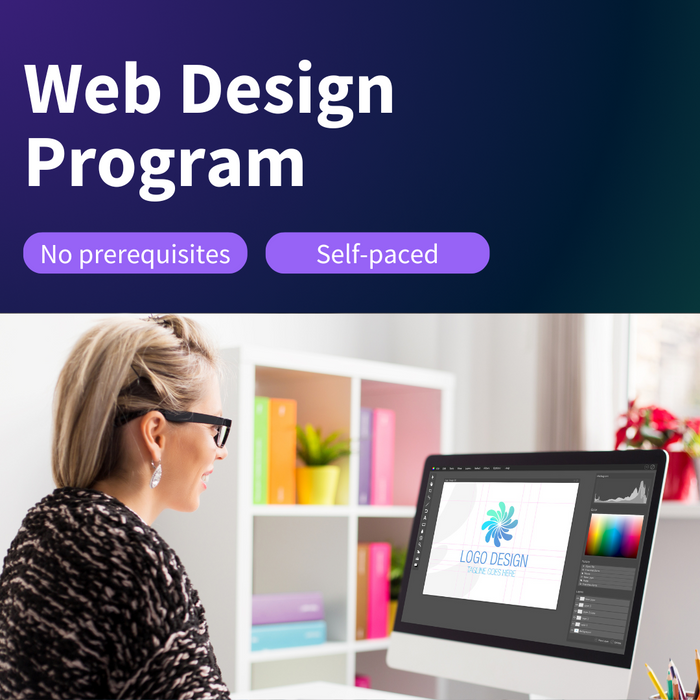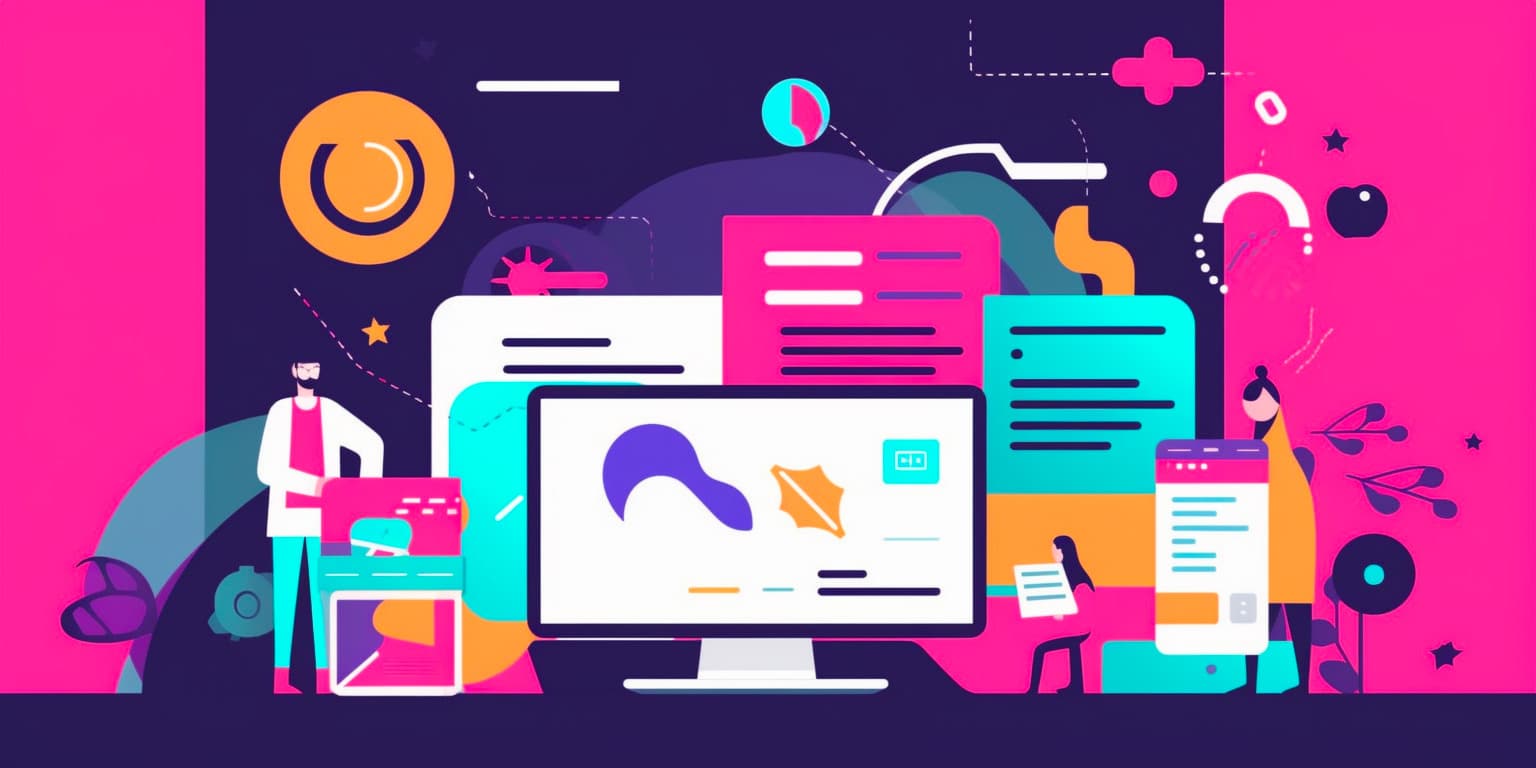A Comprehensive Guide to the Most Current Fads and Strategies Used by Effective Internet Developers
In an age where electronic visibility is extremely important, recognizing the most recent fads and strategies in internet style has ended up being necessary for success. From receptive style that adapts perfectly across tools to the minimal appearances that focus on performance, the landscape is consistently advancing. The combination of dark mode and advanced typography additionally plays an essential role in boosting individual engagement. As we explore these elements, it is essential to take into consideration just how they collectively influence customer experience and fulfillment, raising inquiries regarding what truly defines a successful design in today's affordable setting.
Embracing Receptive Layout
In a progressively electronic world, welcoming receptive style has actually become vital for creating efficient web experiences. With the expansion of tools ranging from smart devices to large desktop screens, a website's capability to adjust flawlessly to different screen dimensions is paramount. Receptive layout guarantees that material is obtainable and visually attractive, no matter the individual's gadget, improving user experience and interaction.
Making use of liquid grids, adaptable pictures, and CSS media inquiries, responsive style permits internet programmers to create layouts that adjust immediately to varying screen atmospheres. This versatility not just boosts use yet additionally favorably influences search engine optimization (SEO), as online search engine favor mobile-friendly sites in their rankings. A single responsive site improves maintenance efforts, removing the demand for separate mobile and desktop variations, therefore minimizing growth prices and time.

Using Minimalist Appearances
Emphasizing simpleness, minimalist appearances have acquired considerable grip in internet layout as a way to boost customer experience. This design viewpoint concentrates on removing unnecessary aspects, enabling individuals to engage with material without diversion. By making use of adequate white room, clear typography, and a restricted shade combination, internet developers develop aesthetically attractive interfaces that direct users toward vital details.

Furthermore, minimalist appearances contribute to quicker packing times and boosted efficiency, as less graphic elements cause lighter web pages. This facet is important in today's busy digital landscape, where individual retention is very closely linked to how rapidly material comes.
As brand names significantly seek to communicate messages succinctly and effectively, minimalist layout becomes a powerful tool. When performed thoughtfully, it can create a harmonious balance between form and feature, ultimately fostering a seamless user experience that reverberates with target markets.
Executing Dark Mode
The implementation of dark setting in internet style has gained appeal as individuals progressively seek extra comfy seeing experiences, particularly in low-light settings. This layout method not only boosts aesthetic comfort but additionally uses aesthetic allure, making web sites much more interesting. By incorporating dark mode, developers can substantially reduce eye pressure, particularly during long term use, leading to enhanced user satisfaction.

To successfully carry out dark mode, designers need to prioritize color comparison and readability. Using high-contrast message colors against dark histories ensures that material continues to be legible, while subtle variants in tones can create depth and improve the total user experience. Designers must consider the shade combination; cooler tones typically work well in dark mode, giving a smooth and modern appearance.
Dark mode can contribute to energy savings on OLED screens, which is a factor to consider for eco aware style. Designers should additionally give individuals with an easy toggle option to switch over in between dark and light modes, catering to varied preferences.
Focusing on Customer Experience
Focusing on user experience (UX) is important in modern internet style, as it directly influences individual complete satisfaction and engagement. A properly designed web site expects user requirements, providing instinctive navigating and seamless communications. Understanding the target market with customer research study and testing permits designers to develop tailored experiences that reverberate with visitors.
One trick element of reliable UX is making sure that web sites are receptive and accessible throughout numerous gadgets and systems. This adaptability not just enhances functionality but likewise boosts SEO efficiency, as search engines favor mobile-friendly websites. Furthermore, using consistent style components, such as color design and switch styles, assists customers navigate effortlessly, decreasing cognitive load.
One more vital factor to consider is the rate of the web you could try this out site. Slow-loading web pages can lead to high bounce prices, weakening the general customer experience. By optimizing pictures, using reliable coding practices, and leveraging content delivery networks, designers can substantially boost lots times.
Leveraging Advanced Typography
Utilizing the power of sophisticated typography can change an internet site's aesthetic allure and enhance overall user interaction. By utilizing methods such as variable typefaces, developers can develop an extra vibrant and receptive typographic power structure that adjusts seamlessly throughout various tools. This adaptability not just boosts readability yet additionally enables an extra natural layout visual.
Furthermore, the calculated use white area in typography can substantially influence user behavior. my website Ample spacing between lines, paragraphs, and letters draws focus to vital messages, making it possible for customers to navigate content with ease. Coupled with a thoughtful shade combination, typography can evoke details feelings and set the tone for the entire web site.
Moreover, incorporating custom-made font styles-- while ensuring they remain web-safe-- includes originality and personality to a brand name's identification. The cautious selection of font pairings additionally plays a crucial duty in preserving visual consistency while improving the user experience.
Verdict
Finally, the integration of receptive design, minimal aesthetics, dark setting, user experience optimization, and progressed typography makes up the structure of efficient website design in contemporary method. These elements jointly enhance functionality, visual charm, and user interaction, cultivating fulfillment and communication. As website design proceeds to develop, adherence to these concepts will stay essential for accomplishing effective outcomes and fulfilling the varied needs of individuals throughout various gadgets and systems.
Responsive style makes certain that content is aesthetically enticing and accessible, regardless of the individual's gadget, enhancing customer experience and involvement.
Highlighting simplicity, minimalist looks i was reading this have actually gained considerable grip in internet layout as a means to enhance individual experience.The execution of dark setting in internet design has acquired popularity as individuals significantly look for extra comfortable viewing experiences, particularly in low-light atmospheres.Prioritizing individual experience (UX) is crucial in modern web design, as it directly impacts user complete satisfaction and interaction.In final thought, the combination of responsive design, minimalist looks, dark setting, individual experience optimization, and advanced typography makes up the foundation of effective web layout in modern technique.